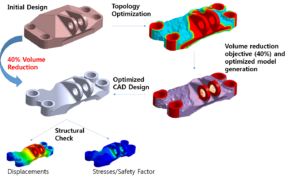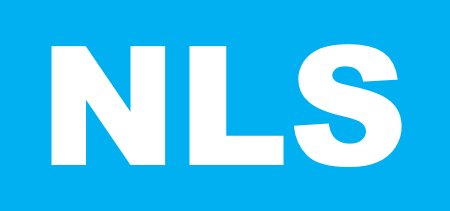For engineers, the success of a project may be determined through several factors. Each one needs to be weighed and balanced for the particular application. For example, the design of a given component must take into account the manufacturing cost, complexity, function, and environmental impact of the part. Naturally, an engineer’s expertise can assist in determining a part’s geometry and material based on the function. However, there is always an opportunity to optimize a design to produce the most efficient product at the lowest cost.

In the product design process, companies and engineers define the product specifications, or what the product will do. Next, they try to capture all of the items that will define the product, or what the design intent is. Once these parameters are agreed upon, the design engineer creates and tests detailed designs to see if they behave in the real world application for which they were designed. If the design does not perform as desired, changes are made and the design is tested again.
Traditionally, a component would need to go through many iterations in which the geometry of the part is altered and some form of analysis is performed on the new iteration in order to obtain viable engineering results. In the past, this testing was conducted using physical prototypes. Optimizing a design may require a large number of iterations, which becomes costly and time consuming. With CAD optimization tools, conducting these iterations and analysis becomes automatic, relieving the engineer and transferring the workload to the computer.
In addition, CAD optimization tools allow the engineer to setup general constraints and parameters of the parts’ design – maximum stress allowed, maximum weight, maximum dimensions, etc. – to achieve an optimum design. The engineer is still required to perform the initial design; however, the optimization tools allow the engineer to control what variables of the design are optimized. For the first iteration of a design, the engineer will apply finite element analysis (FEA) or computation fluid dynamics (CFD) to simulate the mechanical behavior of the part. The results of the FEA are used to ascertain the validity of the design.
With optimization tools, the engineer is able to evaluate their product design based on cost, function, material, and a number of other design criteria. Utilization of optimization enables the engineer to change material choices and assess overall product cost impact, change manufacturing processes for a part, reduce weight while optimizing performance, and perform all refinements and simulations quickly and accurately.

Simulation based CAD optimization holds the key to reduced physical prototyping, higher-quality parts, optimized products, and faster design cycles. The use of simulation to validate designs allows engineers to test many ‘what if’ questions that take place during the design process without significant rework, time, and expense. Using optimization, engineers have the ability to detect potential part issues early or compare the results of various design concepts to make an informed decision for the optimum design.
For more information on CAD optimization and how NLS can utilize optimization for your product design, please call us at (813) 204-9304 or visit our website at www.nlsde.com
